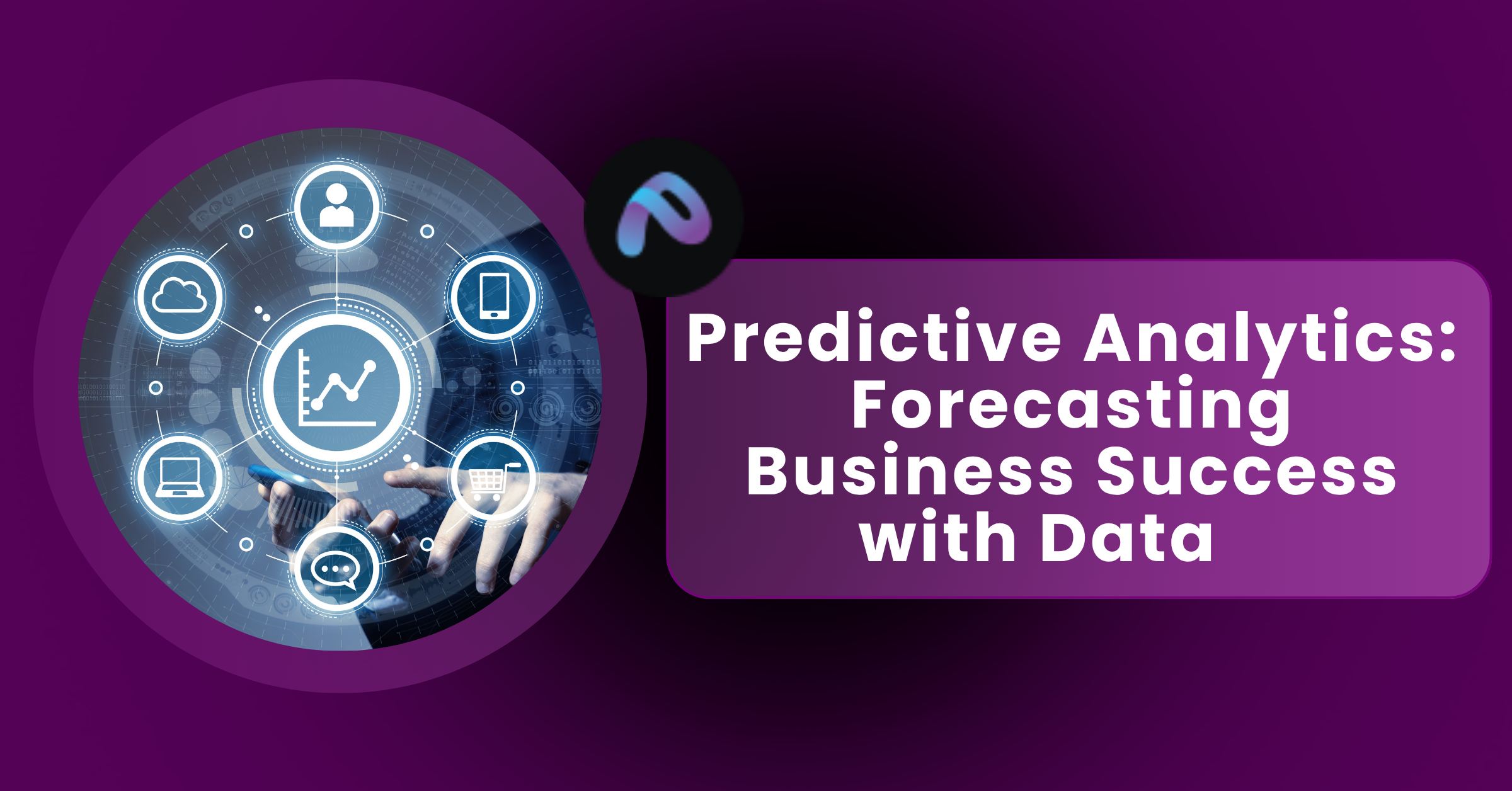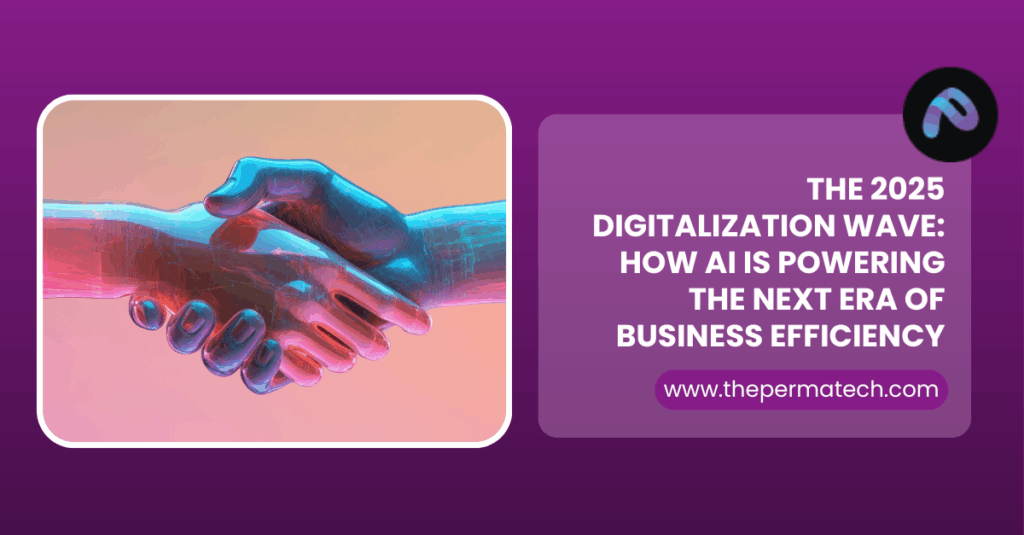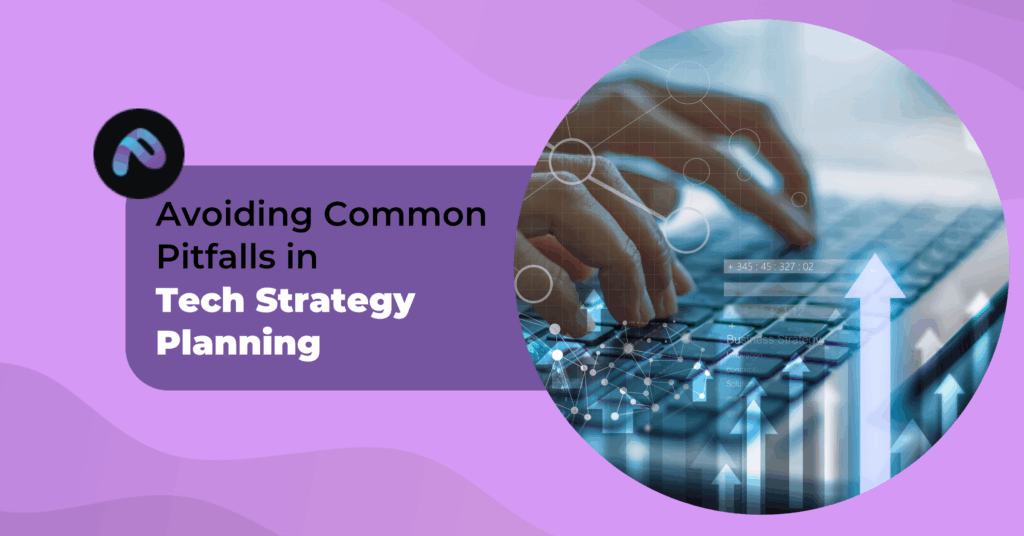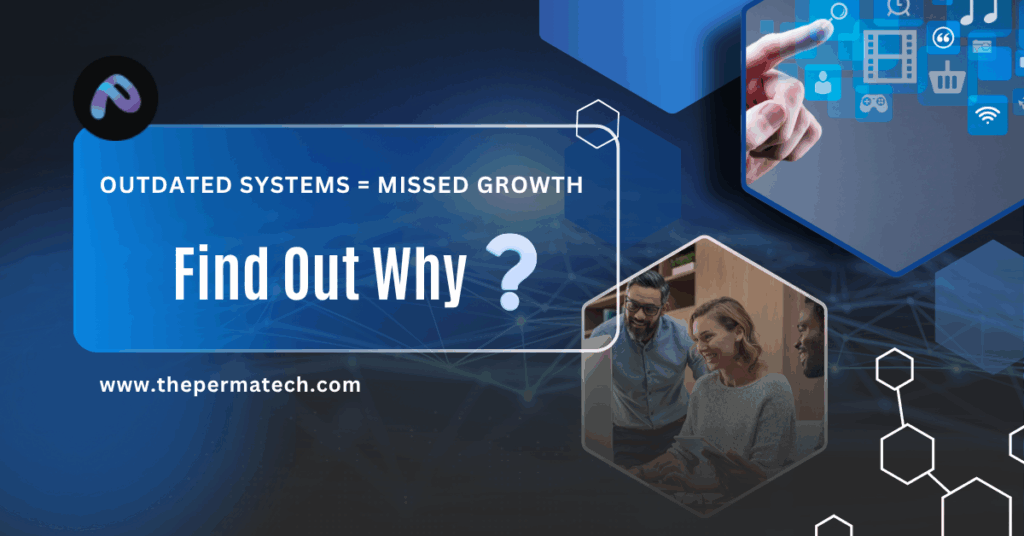In today’s hyper competitive business landscape, decisions can no longer rely on instinct alone. Organizations across industries are turning to predictive analytics,the practice of using historical data, statistical algorithms and machine learning techniques to identify the likelihood of future outcomes. From forecasting demand to preventing customer churn, predictive analytics has moved from a niche tool into a mainstream business necessity.
As we move into 2025, the predictive analytics market continues to expand rapidly, driven by advances in artificial intelligence (AI), cloud computing, and real time data pipelines. According to recent industry research, the global predictive analytics market is projected to surpass $40 billion by 2028, growing at a CAGR of nearly 22%. This growth is a testament to how businesses are increasingly relying on data driven forecasting for strategic success.
What is Predictive Analytics?
Predictive analytics is the process of extracting information from existing datasets to forecast future trends and behaviors. It combines:
- Historical data (past sales, customer interactions, supply chain logs)
- Statistical techniques (regression, time series analysis, clustering)
- Machine learning models (decision trees, neural networks, ensemble models)
The outcome: actionable predictions that help organizations minimize risk, optimize resources, and uncover new opportunities.
Why Predictive Analytics Matters in 2025
1. Shift from Descriptive to Prescriptive
Businesses once relied on descriptive analytics (what happened). Today, predictive analytics answers “what will happen,” while prescriptive analytics (what should we do) takes it further. This evolution ensures businesses are proactive, not reactive.
2. Real Time Forecasting
Cloud platforms and streaming data pipelines now allow real time predictive insights. For instance, retailers can instantly forecast demand shifts during a flash sale, while banks can flag fraudulent transactions within seconds.
3. Integration with AI and Generative Models
AI driven predictive analytics goes beyond traditional regression. Modern models integrate with large language models (LLMs) and generative AI to provide contextual recommendations. For example, a predictive sales forecast can now be paired with auto-generated strategies tailored to specific regions.
Industry Applications
1. Retail
- Forecast demand based on seasonality, weather and promotions
- Personalize offers to reduce churn
- Optimize supply chains
Example: Walmart’s predictive analytics system reduced out of stock incidents by 30%, boosting customer satisfaction.
2. Healthcare
- Predict patient readmission rates
- Identify high risk patients for preventive care
- Optimize staffing based on seasonal illness patterns
Example: Predictive models helped hospitals cut emergency room wait times by 15% in 2024.
3. Finance
- Fraud detection in near real time
- Credit risk scoring
- Customer lifetime value forecasting
Example: JP Morgan reported saving $150 million annually using predictive fraud detection.
4. Manufacturing
- Predict equipment failures (predictive maintenance)
- Optimize production schedules
- Improve quality control
Example: Predictive maintenance has been shown to reduce downtime costs by up to 40%.
Benefits of Predictive Analytics
- Increased Revenue: Personalized customer recommendations can boost sales by 10–15%.
- Cost Reduction: Preventive actions save millions in maintenance, fraud and churn.
- Risk Mitigation: Anticipating risks helps businesses stay compliant and secure.
- Competitive Advantage: Early adoption ensures faster decision making and market adaptability.
Analytical Data
Below is a tabular summary of how predictive analytics impacts major sectors (2024–2025 data projections):
| Industry | Key Use Cases | ROI Impact (2025 est.) | Adoption Rate (2024–25) |
| Retail | Demand forecasting, churn reduction | +12–18% sales uplift | 68% of top retailers |
| Healthcare | Patient risk modeling, staffing | 15–20% cost reduction | 55% of hospitals |
| Finance | Fraud detection, credit scoring | $200M+ saved annually | 72% of banks |
| Manufacturing | Predictive maintenance, QC | 40% downtime reduction | 61% of enterprises |
| Marketing | Campaign optimization, lead scoring | 20–30% ROI improvement | 70% of marketers |
Challenges and Considerations
While powerful, predictive analytics isn’t without hurdles:
- Data Quality Issues : Poor data leads to unreliable forecasts.
- Privacy Concerns : Regulations like GDPR and CCPA require stricter governance.
- Model Bias : AI driven predictions risk inheriting bias from training data.
- Integration Costs : Deploying at scale requires investment in cloud infrastructure and skilled talent.
Future Trends in Predictive Analytics
- Explainable AI (XAI): Businesses want transparency in predictions, especially in regulated industries.
- Edge Analytics: Predictions processed at the edge (e.g., IoT sensors in factories) for faster decision making.
- Predictive + Prescriptive Fusion: Hybrid models that not only forecast but also recommend next steps.
- Industry-Specific Platforms: Tailored solutions for healthcare, retail, finance and logistics.
Conclusion
Predictive analytics is no longer optional,it’s central to strategic decision making. From improving operational efficiency to delivering personalized customer experiences, it empowers organizations to forecast success with confidence.The businesses that thrive in 2025 will be those that invest in data driven foresight today. By combining predictive insights with human judgment, organizations can unlock growth, reduce risks, and gain a lasting competitive edge.





